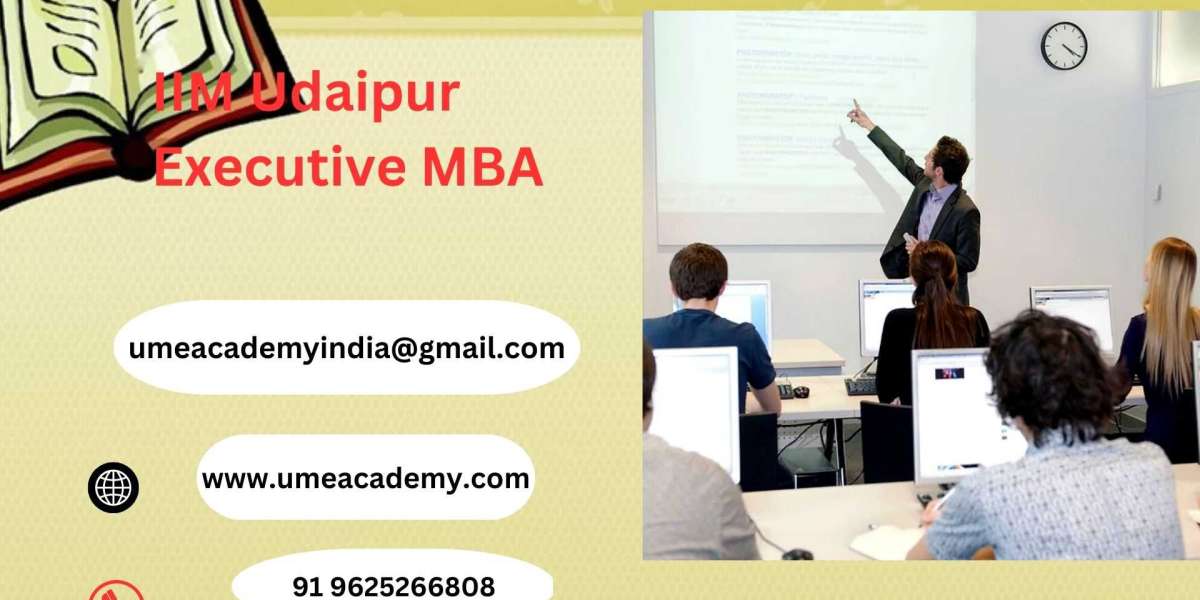In several recent interviews, Infineon CEO Jochen Hanebeck discussed the state of the power semiconductor market. While the overall semiconductor chip shortage may improve in the short term, power semiconductors are a fairly unique segment of the market, Hanebeck noted. Accelerated demand for vehicle electrification and clean energy will still leave power semiconductors in short supply. Second, he pointed to chronic underinvestment in foundries, with many manufacturers opting to mass-produce using mature process lines rather than invest in building new facilities.
Are these concerns fair? As the new year begins, let's discuss the current outlook.
Market integration
Hanebeck has mentioned that Infineon is preparing to spend billions of euros on acquisitions. Consolidation is a market growth trend that we have observed over the past few years. Especially in the supply of wide bandgap semiconductor materials, especially silicon carbide (SiC).
In November 2021, onsemi acquired SiC wafer supplier GT Advanced Technologies for US$415 million, ST Microelectronics acquired a 55% stake in Norstel in 2019, and even Infineon acquired Siltectra for US$141 million in 2018, which focuses on In the "cold cutting" technology to split silicon carbide wafers.
In terms of device maker acquisitions, last year alone we saw Qorvo acquire UnitedSiC and Navitas acquire GeneSiC.
Another interesting point made by Hanebeck is that he believes that "complete self-sufficiency" is not achievable. Despite major acquisitions, we are still seeing many wafer supply agreements. For example, Infineon recently signed a multi-year agreement with Coherent for SiC supply. ST Microelectronics' 2021 wafer supply deal with Wolfspeed is estimated to be worth $800 million.
Over the past decade, Infineon has acquired automotive PMIC equipment maker Cypress Semiconductor for $10 billion in 2020 and International Rectifier for $3 billion in 2015. In 2016, Infineon also tried to acquire Cree/Wolfspeed for $850 million but was eventually blocked by the Committee on Foreign Investment in the United States (CIFUS). Could we see another deal of a similar size?
Lack of investment?
If anyone is ready to invest, it is Infineon. Announced in their 2022 annual report that from FY2021 to FY2022, annual revenues will increase from EUR 11.0 billion to EUR 14.2 (an increase of 29%). We've seen Infineon announce multi-billion dollar investments in the last year alone, such as $2 billion for a dedicated WBG manufacturing facility in Malaysia.
Although it's not just Infineon that's making these big moves. Wolfspeed recently completed construction of the "world's largest" 200mm purpose-built SiC fab. They are also building a silicon carbide material factory with a total investment of $5 billion.
Gallium Nitride (GaN) is a slightly different situation. One of the selling points of this material is that it can be grown as an epitaxy on silicon wafers, so GaN wafers are not required. Many companies in the industry are currently fabless, which relies to some extent on foundries, but the barriers to entry are relatively low.
Globally, Infineon is one of the very few companies with in-house GaN manufacturing capabilities. To date, Infineon has licensed GaN technology from Panasonic, and with the announcement of the joint development of the second-generation technology in 2021, this cooperation shows no signs of slowing down.
TSMC is one of the world's largest foundry suppliers of GaN technology. TSMC's 2021 annual report states that second-generation GaN products will begin production in 2022, with third-generation technology scheduled to debut in 2025.
in conclusion
A recent Wall Street Journal article describing the power semiconductor market as a "diamond in the rough" and "a part of the semiconductor business that can take a beating" reported that Wolfspeed's revenue rose 54% year-over-year, while on semi's SiC revenue grew has doubled since the beginning of the year. It seems certain that the demand for power semiconductors in the next few years may run counter to the overall semiconductor market trend.
What the correct amount should be in terms of investment levels is ultimately a matter of opinion. Perhaps secular under sufficiency is a strong term, and there is no question that the barrier to entry for specialty SiC manufacturing is high, and the appeal of using legacy equipment is justified. It appears that some semiconductor companies are more willing to take risks and make large investments because the growth prospects of the power semiconductor market in the next decade are too strong. For those with capital and a brave forward outlook, power semiconductors present an excellent market opportunity.








